|
 Minnie E. Brooke was a pioneer female postcard publisher from Chevy Chase, Maryland.
Between the year 1900 and the beginning of World War I she published nearly 300 different postcards,
primarily with images of Washington, D.C., but also including nearby communities in Maryland and Virginia.
Minnie E. Brooke was a pioneer female postcard publisher from Chevy Chase, Maryland.
Between the year 1900 and the beginning of World War I she published nearly 300 different postcards,
primarily with images of Washington, D.C., but also including nearby communities in Maryland and Virginia.
The vast majority of her postcards were high quality lithographic prints.
This lithographic process prints each card in a single color of ink
- Minnie had many of her postcards printed in several varieties by printing multiple versions of the card, each in a different color ink.
Some cards were hand colored, using watercolors, to brighten the image.
There is no record of the original publication dates, but a range from 1900 to around 1914 is commonly accepted. Minnie's postcards were published in Germany, and the war brought a halt to her publishing there.
There are a few items published by Minnie Brooke that defy classification. Those I have seen can be found here.
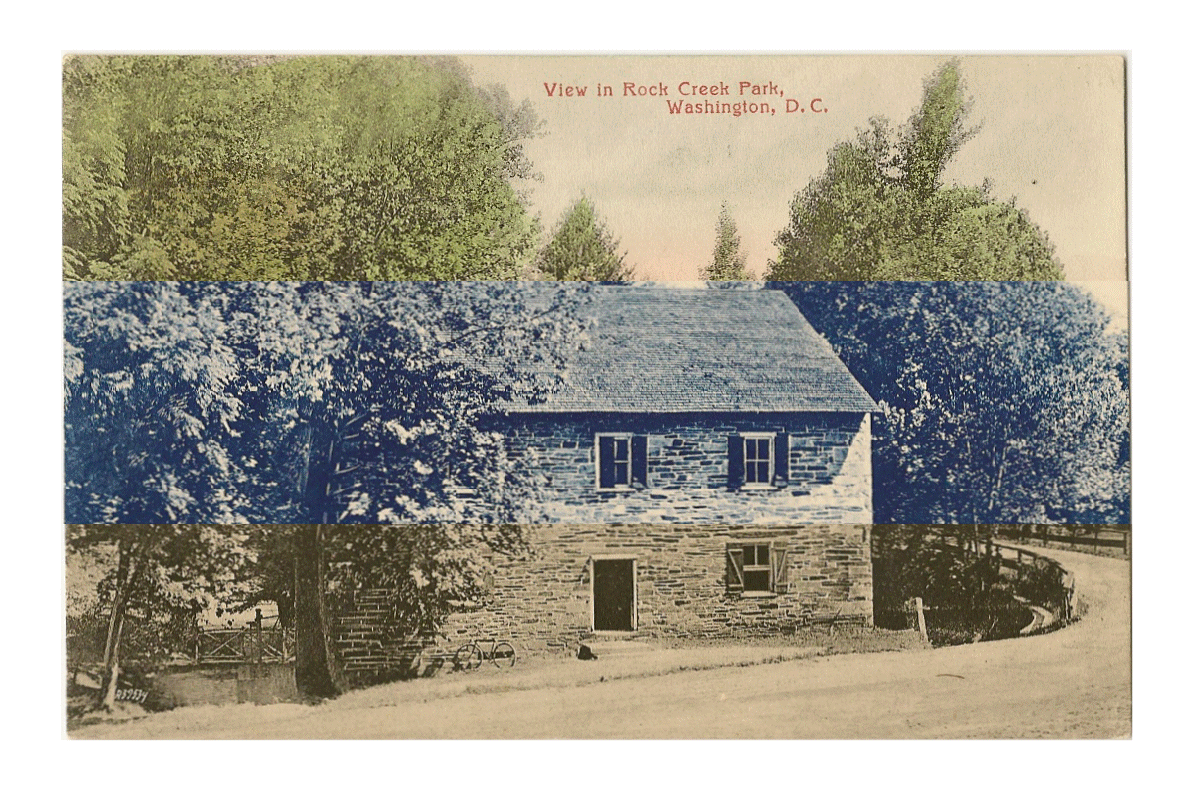
|
|
Example of several color versions of the same postcard (composite image)
|
General description of Minnie's postcards: (exceptions exist to all these rules)
-
The image on the postcard extends to the edges of the postcard (no borders)
-
The descriptive text appears on the front of the card (image side)
-
The descriptive text is on the face of the image
-
Minnie's postcards have divided backs (printed in 1907 or later)
-
Minnie's postcards have a card number printed on the back, this number is used in the card index
Exceptions to the rule:

|
Same image - divided back on left undivided back on right
undivided back card has card number and publisher on front
|
|
|

|
|
Bordered vs. unbordered cards
|
|
|
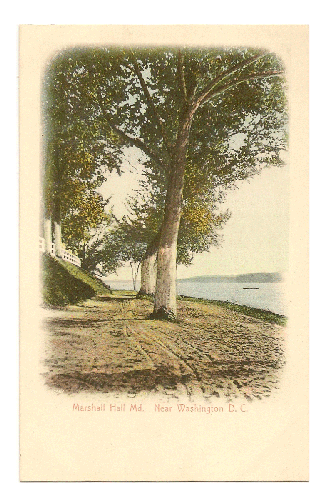
|
|
An unusual border style
|
One oddity worth mentioning is that over time Minnie published the same image on cards with different numbers.
In the most extreme case she printed the same view on cards with four different numbers, cards number 17, 94, 103 & 140.
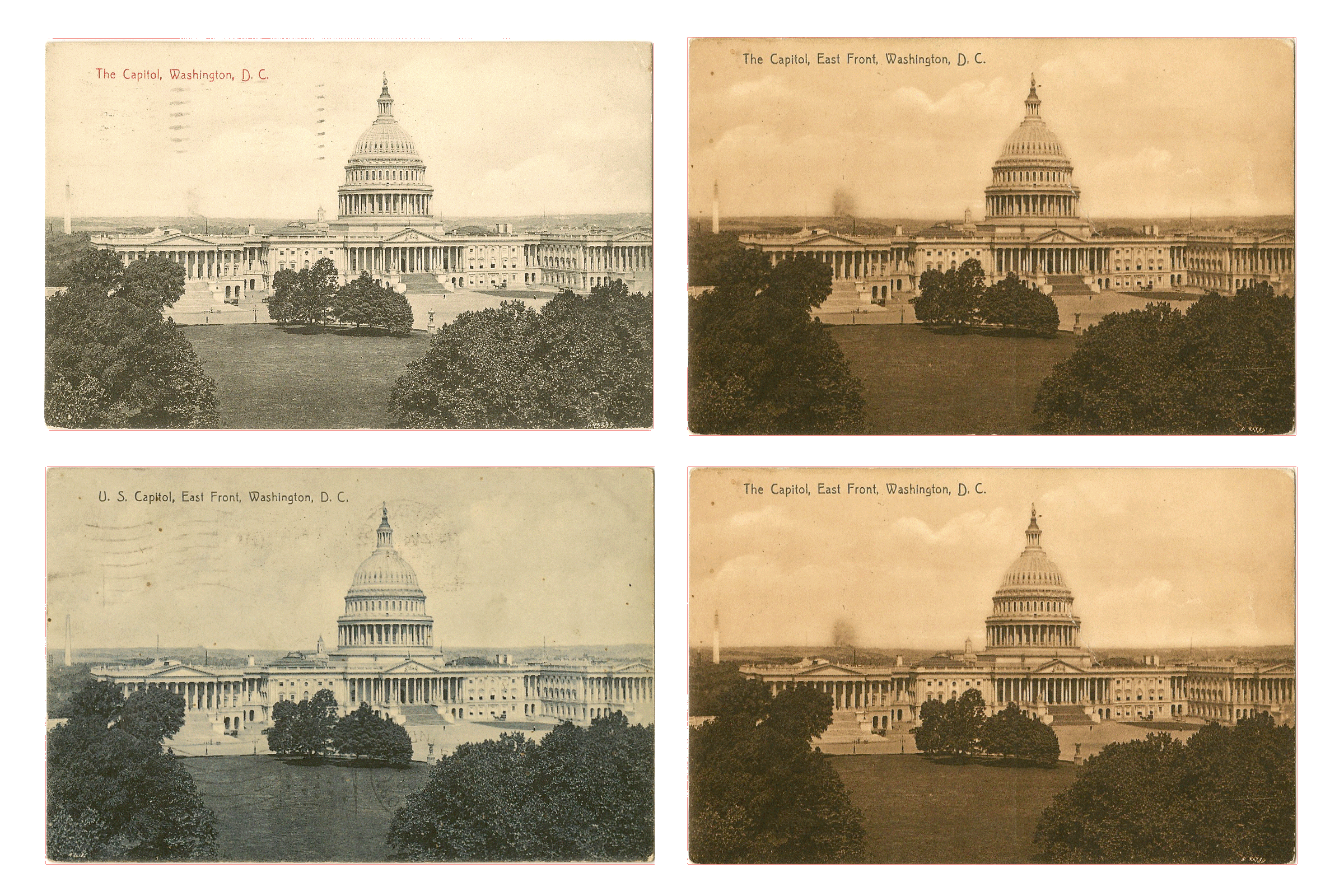
|
|
Same image on four different number cards #17, #94, #103, & #140
|
In a few instances Minnie published more than one image under the same number.

|
|
Same number card with two different images- both #25
|
Minnie Brooke's Publisher
Minnie Brooke had the majority of her postcards printed by Kunstanstalt Stengel & Company GmbH of Dresden. Stengel specialized in the production of small postcard runs, requiring a minimum of only 1,000 cards of each view and a minimum of 25,000 cards per order.
Stengel specialized a process known as collotype printing to produce the majority of its view postcards. Collotype printing produces a very fine-grained image and is one of the primary reasons for the excellent image quality in Minnie Brooke’s postcards.
Stengel required the buyer to provide a high quality photographic print on matte paper, at least 4 x 5 inches in size. The buyer was also expected to assure that copyright clearance was already obtained before ordering. Exact text for cards was to be submitted either typed or carefully hand written.
Around 1910 a U.S. branch, Stengel & Co., was opened in New York due to the current tariffs on German imports. Even with the tariffs, German printed postcards were still less expensive that domestically printed cards. As an example in 1912, 1,000 cards from Stengel cost $5.50 including tariffs and shipping, while 1,000 cards from Curt-Teich (Chicago, Ill.) cost $6.50.
Stengel produced many styles and color of cards; those known are listed below:
|
No.
|
Name
|
Description
|
|
|
2
|
-no name-
|
Collotype using black ink on rough paper
|
|
3
|
hand colored
|
Collotype with hand painted watercolor
|
|
7
|
Artochrom
|
Machine colored lithograph (3,000 card minimum)
|
|
8
|
Bromide-Imitation
|
Collotype using slightly brown ink
|
|
9
|
Green
|
Collotype using green ink
|
|
10
|
Blue
|
Collotype using blue ink
|
|
17a
|
-no name-
|
Collotype using blue tinted black ink
|
|
17c
|
-no name-
|
Collotype using sepia ink
|
|
19
|
-no name-
|
Collotype with machine printed colors in embossed frame
|
|
37
|
-no name-
|
Collotype with machine printed colors
|
|
51
|
photoradierung
|
A simulated etching produced from a photo (black ink)
|
Examples of Minnie Brooke cards using styles 2, 3, 8, 9, 10, 17a, 17c, & 37 have been identified.
Stengel & Co. produced sample cards to show to perspective buyers. In many cases they used images they also printed on Minnie Brooke’s cards. In some cases they used card styles that are unknown in Minnie Brooke cards.
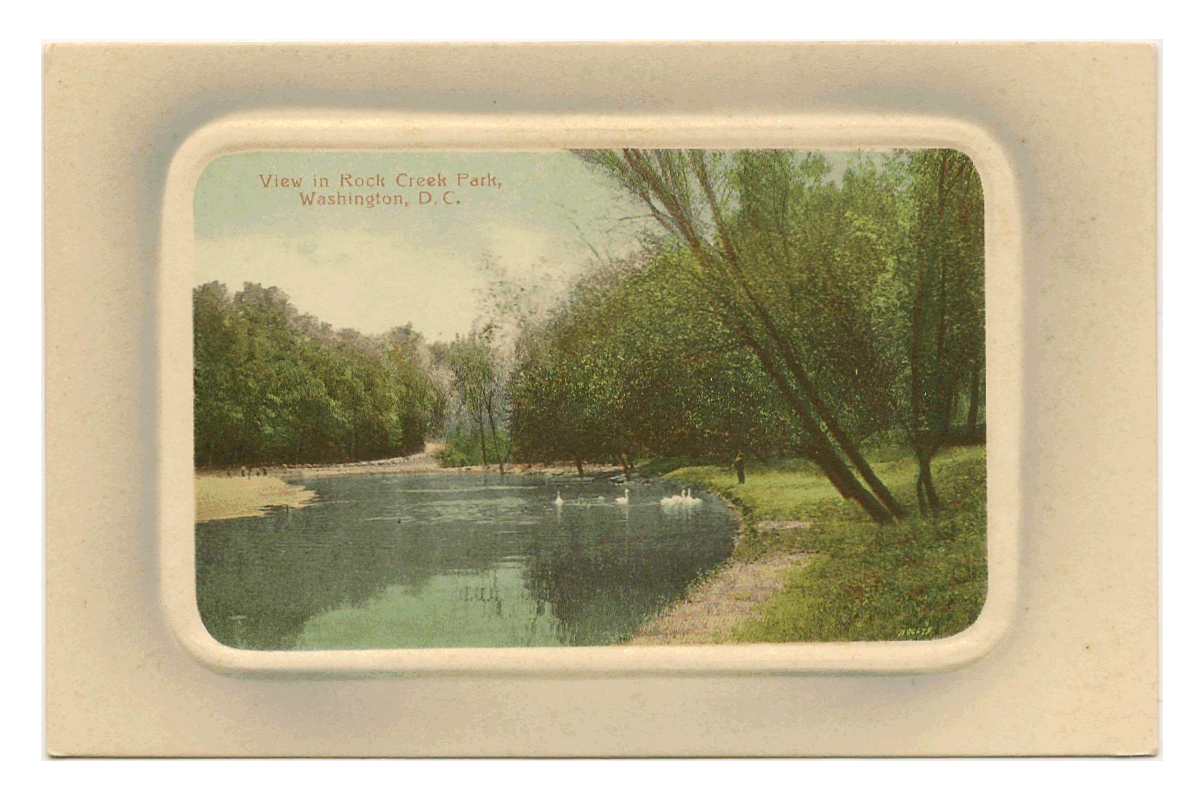
|
|
This card features the image from Minnie Brooke card #6 and is Stengel Style #19. There are no known Minnie Brooke cards that used this style.
|
|
|
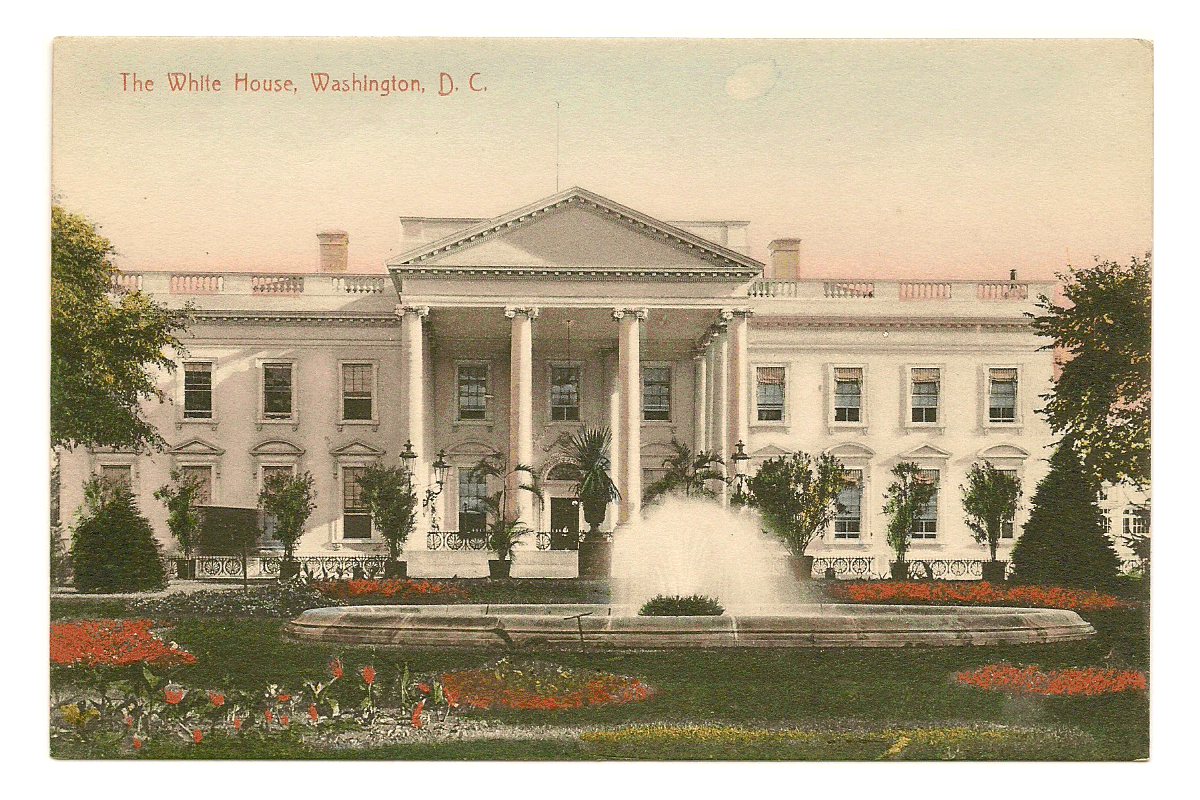
|
|
This card features the image from Minnie Brooke card #19 in Stengel Style #3. Many on Minnie Brooke’s cards used this style, but no known examples of this image/style combnation are known.
|
|
|

|
|
This card features the image from Minnie Brooke card #108 in Stengel Style #37. Many on Minnie Brooke’s cards used this style, but no known examples of this image/style combnation are known.
|
|
|
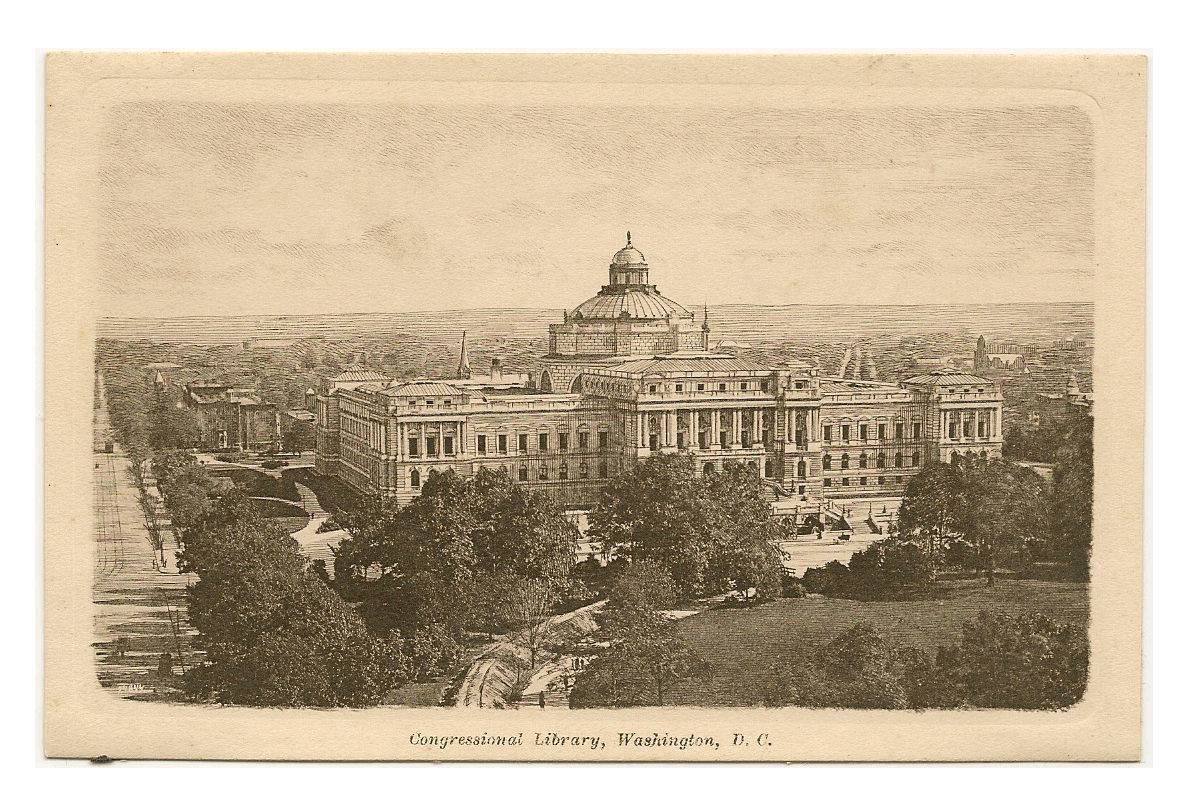
|
|
This card features the image from Minnie Brooke card #134 in Stengel Style #51. There are no known Minnie Brooke cards that used this style.
|
|
|
Explaination of remarks in the card index:
-
---UNKNOWN--- means that the author is not aware of extant examples of a postcard with this number indicated
-
(Known to Exist) means that the author has seen an example of this card but does not have a copy of the image
-
A * in front of a card number indicates an additional image card sharing a card number with the card before
|






 Minnie E. Brooke was a pioneer female postcard publisher from Chevy Chase, Maryland.
Between the year 1900 and the beginning of World War I she published nearly 300 different postcards,
primarily with images of Washington, D.C., but also including nearby communities in Maryland and Virginia.
Minnie E. Brooke was a pioneer female postcard publisher from Chevy Chase, Maryland.
Between the year 1900 and the beginning of World War I she published nearly 300 different postcards,
primarily with images of Washington, D.C., but also including nearby communities in Maryland and Virginia.









